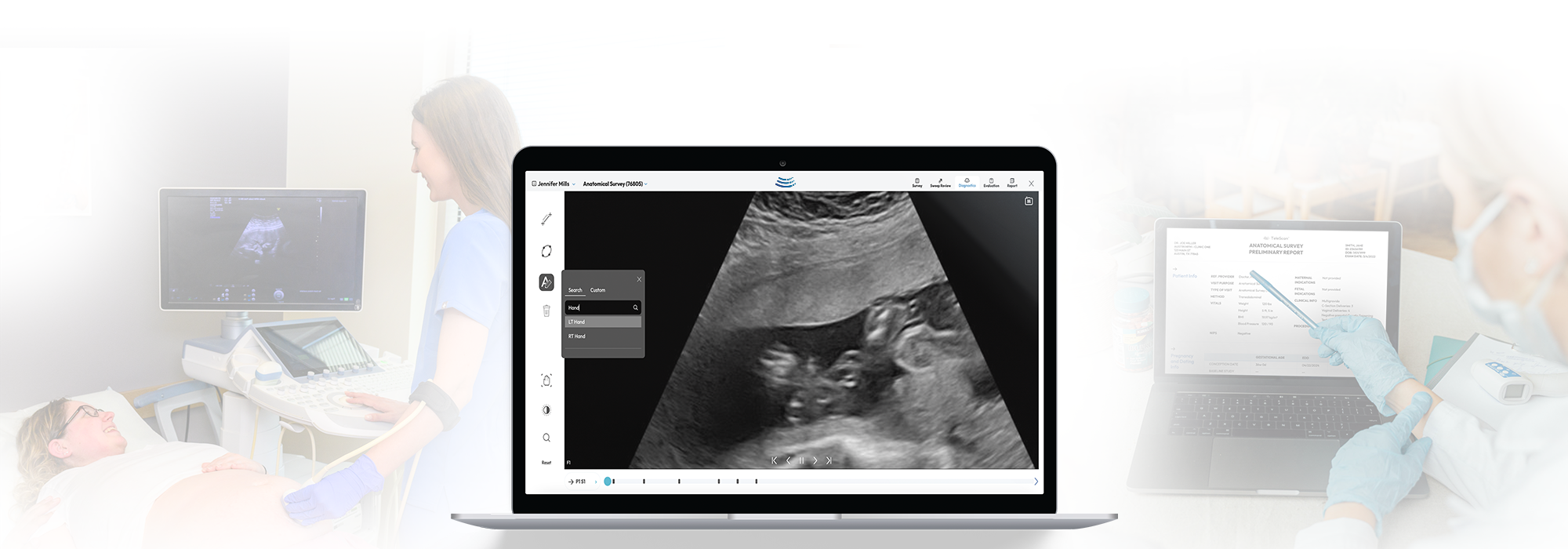The Promise of Telesonography®: Revolutionizing Medical Imaging
Medical imaging plays a pivotal role in modern healthcare, aiding in early disease detection, accurate diagnoses, and effective treatment planning. However, access to high-quality imaging remains a challenge in many rural and underserved areas. Telesonography is emerging as a revolutionary solution, breaking down geographical barriers and democratizing access to expert imaging services worldwide.
What is Telesonography?
Telesonography is an advanced telemedicine technology that enables remote ultrasound imaging and interpretation. By leveraging high-speed internet, cloud computing, and artificial intelligence, this innovation allows healthcare providers in remote locations to capture ultrasound scans and transmit them in real-time to radiologists and specialists for expert analysis.
How Telesonography is Transforming Healthcare
The impact of Telesonography extends across various medical fields, significantly improving diagnostic capabilities and patient outcomes. Here are some key ways this technology is revolutionizing medical imaging:
1. Expanding Access to Quality Imaging
For many communities, access to skilled sonographers and radiologists is limited. Telesonography bridges this gap by connecting local healthcare providers with remote imaging experts, ensuring that even patients in the most isolated areas receive accurate diagnostic services.
2. Enhancing Maternal and Fetal Health
Pregnant women in rural areas often struggle to receive timely prenatal imaging, leading to undiagnosed complications. Telesonography enables early detection of fetal anomalies, high-risk pregnancies, and other maternal health concerns, leading to improved care and reduced mortality rates.
3. Improving Emergency and Critical Care
In emergency settings, rapid diagnosis is crucial for saving lives. Telesonography enables first responders and rural healthcare providers to perform immediate ultrasound scans and transmit them to specialists for real-time interpretation, expediting treatment decisions.
4. Supporting Chronic Disease Management
Conditions such as liver disease, kidney disorders, and cardiovascular conditions require continuous monitoring. Telesonography facilitates regular and remote imaging, helping doctors track disease progression and adjust treatment plans accordingly.
5. Strengthening Global Health Initiatives
International health organizations and medical missions can leverage Telesonography® to deliver imaging services to underserved populations, providing diagnostic capabilities without the need for costly infrastructure.
Technological Innovations Driving Telesonography
Several cutting-edge technologies are enhancing the capabilities of Telesonography, making it a game-changer in medical imaging:
Artificial Intelligence (AI) Integration: AI-powered tools assist in analyzing ultrasound images, flagging abnormalities, and reducing diagnostic errors.
Cloud-Based Platforms: Secure cloud storage ensures seamless data sharing between local providers and specialists.
Portable Ultrasound Devices: Compact, high-resolution imaging devices make remote diagnostics feasible even in low-resource settings.
5G and High-Speed Internet: Faster connectivity enables real-time image transmission and expert consultation without delays.
Challenges and Future Prospects
Despite its promise, Telesonography faces challenges such as:
Internet and Infrastructure Limitations: Reliable connectivity is necessary for seamless transmission of imaging data.
Training and Adoption: Healthcare providers need proper training to capture high-quality ultrasound images.
Regulatory and Privacy Concerns: Ensuring compliance with global telemedicine and data privacy regulations is critical.
Looking ahead, continued advancements in AI, machine learning, and telehealth infrastructure will further enhance the effectiveness and accessibility of Telesonography. As adoption increases, this technology has the potential to become a standard component of medical imaging, ensuring that no patient is left without access to expert diagnostic care.
Conclusion
Telesonography is not just a technological advancement; it is a movement toward equitable healthcare access. By integrating remote imaging with expert interpretation, this innovation is closing gaps in medical care, improving patient outcomes, and transforming the landscape of diagnostic imaging. As we continue to harness its potential, Telesonography is set to redefine the future of global healthcare, one scan at a time.
To learn more about our TeleSonography solution, click the button below.

